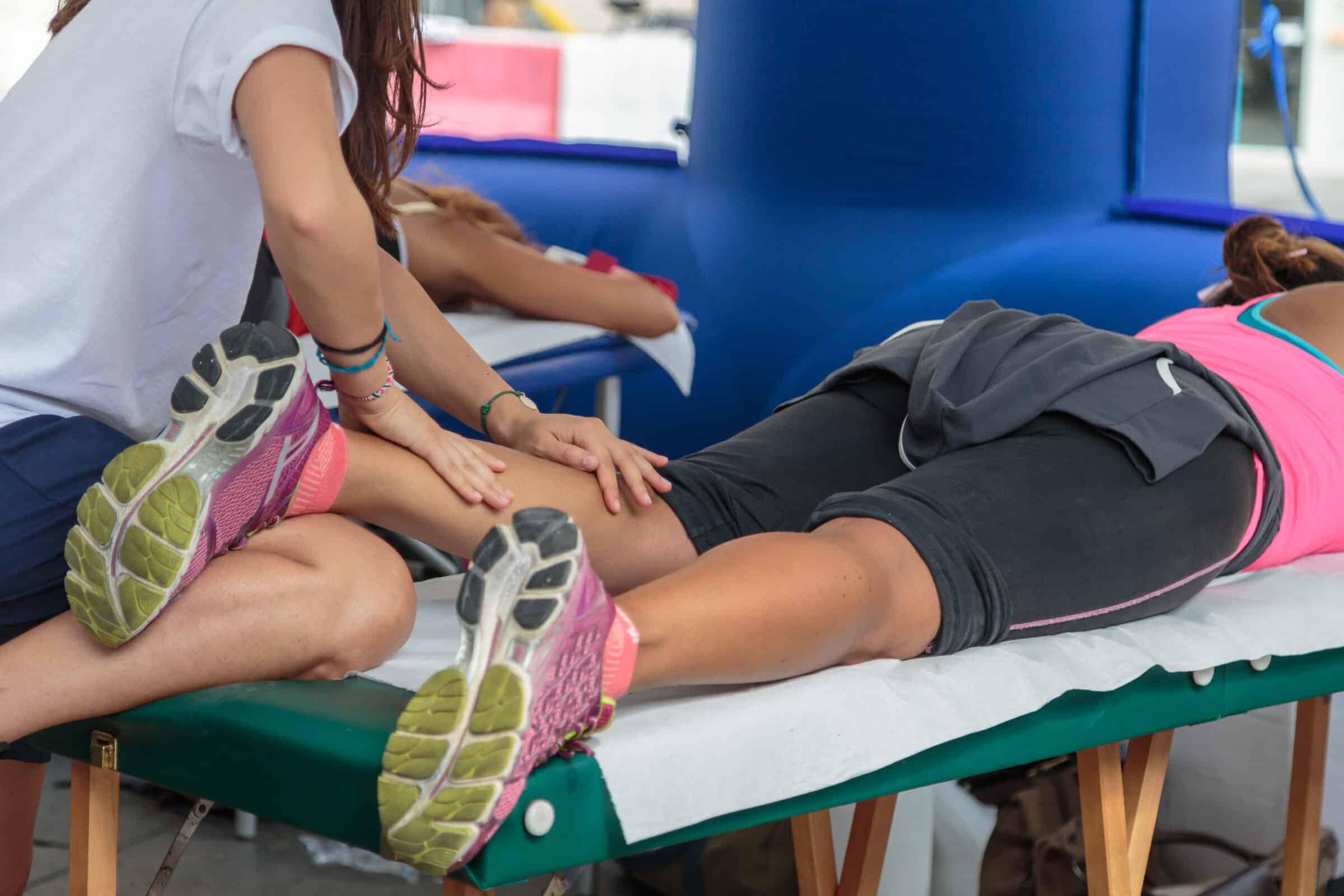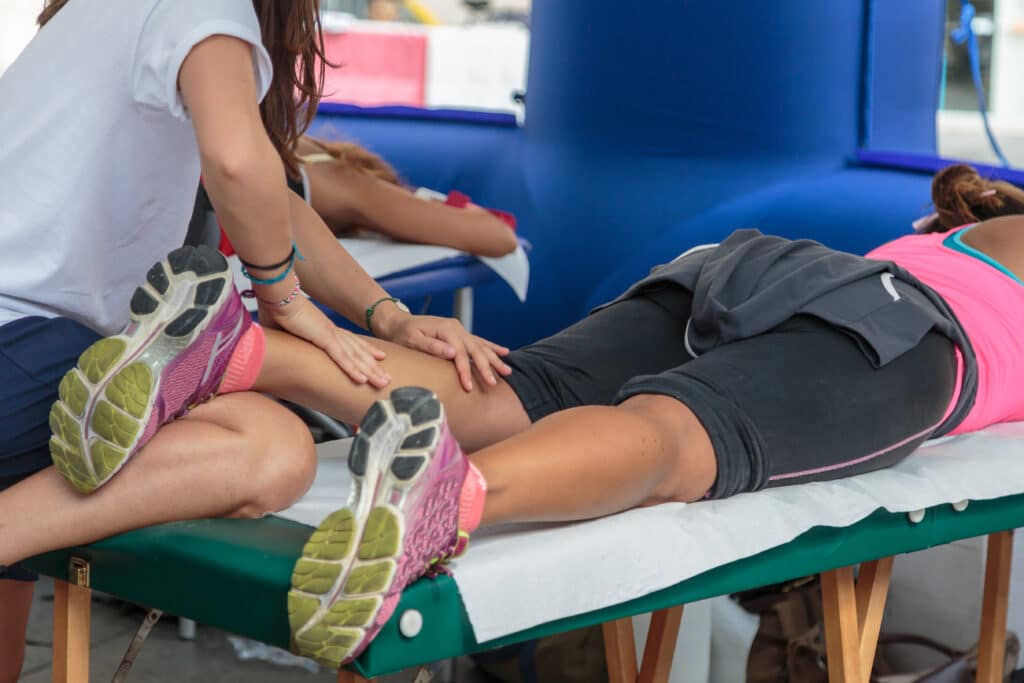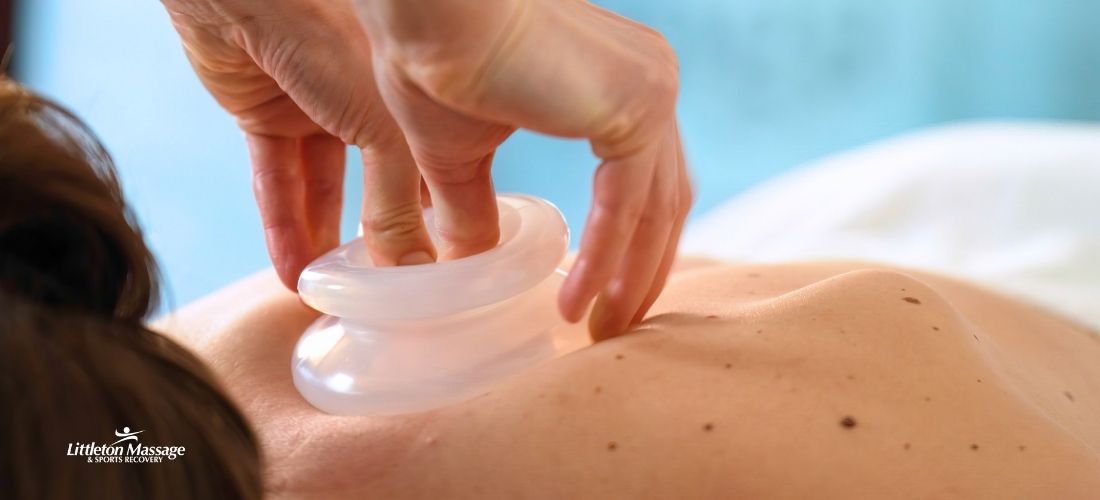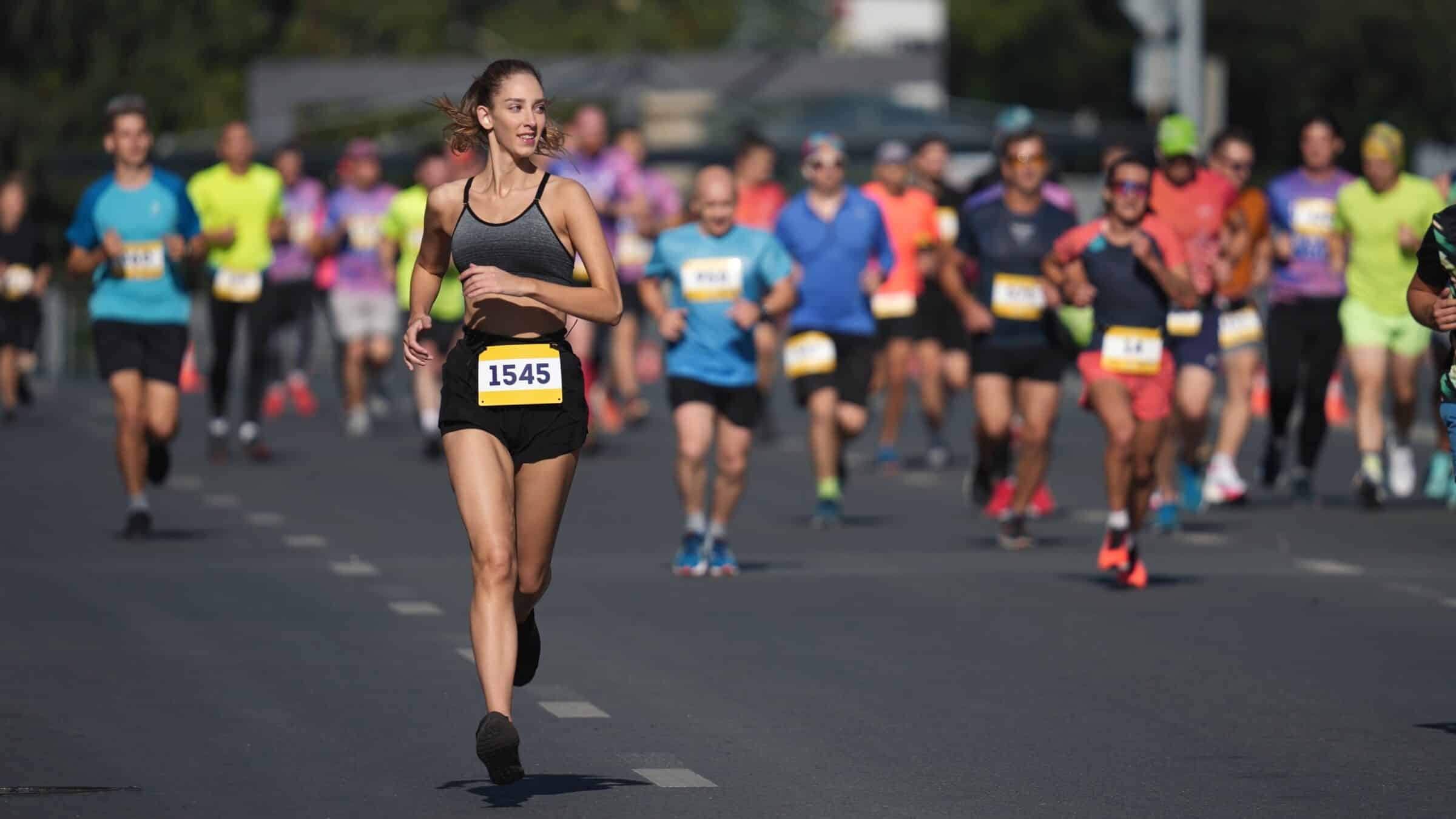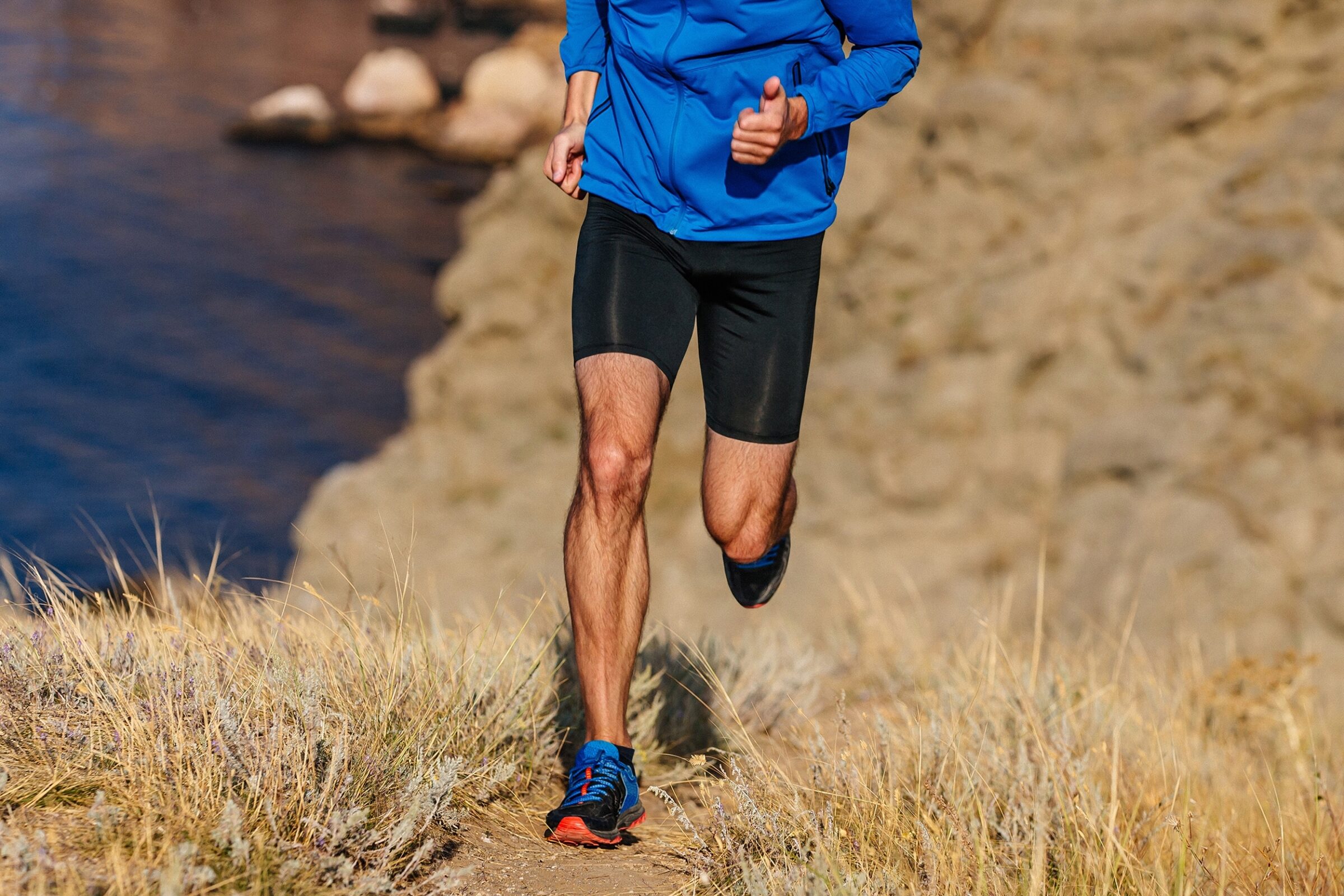As an athlete, you’re always looking for a competitive edge. You train hard, you eat right, and you get enough sleep, but are you giving your body the proper recovery and preparation it needs? Sports massage isn’t just a luxury—it’s a critical component of any serious training regimen. But not all sports massages are created equal. The timing of your session—before or after an event—can dramatically change the focus and benefits. Understanding the difference between a pre-event sports massage and a post-event sports massage is key to maximizing your performance and ensuring a swift, effective recovery.
What is Pre-Event Sports Massage?
A pre-event sports massage is a targeted, stimulating, and invigorating treatment designed to get your body ready for competition. Unlike a typical deep-tissue massage, this type of session focuses on warming up muscles, increasing blood flow, and improving flexibility. The goal is to prepare your body for the physical demands of your sport, helping to prevent injury and enhance your performance on the field, court, or trail.
This type of massage is performed using brisk, lighter strokes like tapotement (rhythmic tapping) and effleurage (gliding strokes). The pressure is not deep, as the primary goal is not to break down scar tissue or address chronic issues. Instead, it’s about stimulating your nervous system and waking up your muscles to their full potential. This preparation can be a powerful tool for any athlete, whether you’re a professional or a weekend warrior.
5 Pre-Event Sports Massage Benefits
- Increased Blood Circulation: The massage strokes help to increase blood flow to your muscles, delivering more oxygen and nutrients. This helps to warm up the muscle tissues and improve their elasticity, reducing the risk of strains and tears.
- Mental Preparation: A pre-event massage helps to focus your mind and calm any pre-competition nerves. It creates a state of mental readiness and can help you feel more centered and confident before you compete.
- Improved Flexibility and Range of Motion: By warming up the muscles and connective tissues, a pre-event massage can temporarily increase your joint range of motion. This allows for greater freedom of movement and a more efficient athletic performance.
- Heightened Muscle Awareness: The stimulating strokes of a pre-event massage activate the muscle spindles, improving your proprioception (your body’s sense of its own position and movement). This heightened awareness can lead to better coordination and reaction time.
- Injury Prevention: By addressing any minor muscle tightness or imbalances before they become a problem, a pre-event massage helps to safeguard your body from common athletic injuries. This is a crucial step in maintaining consistency in your training and avoiding sidelining setbacks.
When is the Best Time to Get a Sports Massage Before Your Event?
The timing of a pre-event sports massage is crucial, and it’s best to think of it in two phases. The goal isn’t to get a massage moments before the start gun, but to strategically schedule a session to optimize your body’s readiness.
1-3 Days Before Your Event
This is the ideal window for a pre-event tune-up. A session in this timeframe focuses on addressing any lingering muscle tightness, knots, or imbalances from your training. The pressure can be moderate to firm, but never so deep that it causes soreness. The goal is to ensure your muscles are pliable, your range of motion is unrestricted, and you’re not carrying any tension into the event. This leaves your body with enough time to recover from the session and feel fresh on game day.
On the Day of the Event
For a true “day of” pre-event warm-up, the focus shifts to a very light, stimulating massage. This isn’t a full clinic session but rather a quick, on-site warm-up that you can do yourself or with a partner. The goal is to increase blood flow and mentally prepare. At Littleton Sports Massage and Recovery, we can teach you and your training partners the proper techniques for this quick, stimulating massage, ensuring you’re fully prepared right before you compete.
What is Post-Event Sports Massage?
After an intense athletic event, your muscles are fatigued, inflamed, and often full of microscopic tears. This is where a post-event massage comes in. The purpose of this treatment is to help your body recover as quickly and efficiently as possible. Unlike the stimulating nature of a pre-event massage, a post-event session is designed to soothe the muscles, reduce inflammation, and accelerate the healing process.
A post-event massage uses gentle to moderate pressure to flush out metabolic waste products like lactic acid, which can contribute to muscle soreness. The therapist will use techniques such as light effleurage, gentle stretching, and kneading to calm the nervous system, reduce swelling, and promote circulation to aid in muscle repair.
5 Benefits of Post-Event Sports Massage
- Reduced Muscle Soreness (DOMS): A post-event massage helps to decrease the intensity and duration of Delayed Onset Muscle Soreness (DOMS) by flushing out waste products and reducing inflammation in the muscle tissue.
- Accelerated Muscle Recovery: By increasing blood flow, a post-event massage delivers vital oxygen and nutrients to the fatigued muscles, helping to speed up the repair process.
- Decreased Inflammation and Swelling: The gentle pressure and long strokes of a post-event massage help to move lymphatic fluid, which reduces swelling and inflammation in the joints and muscles after a strenuous activity.
- Improved Flexibility and Range of Motion: Post-event massage helps to prevent muscle stiffness and shortening that can occur after exercise. By gently stretching and lengthening the muscles, it helps restore and maintain a full range of motion.
- Mental and Physical Relaxation: A post-event massage can help calm the nervous system, reducing stress hormones and promoting relaxation. This is essential for a good night’s sleep, which is one of the most important aspects of recovery.
When is the Right Time for Athletes to Get Sports Massages After Events?
For a post-event massage, timing is also critical. The ideal time to receive this type of massage is within 1 to 24 hours after the event. The sooner you can get on the massage table, the more effective it will be at reducing swelling and flushing out waste products. While a session immediately after an event is great, a deeper, more therapeutic massage can be scheduled a day or two later when the initial inflammation has subsided. This later session can focus more on releasing muscle knots and addressing specific areas of tightness. For best results, consider a regular athletic massage as part of your overall training routine.
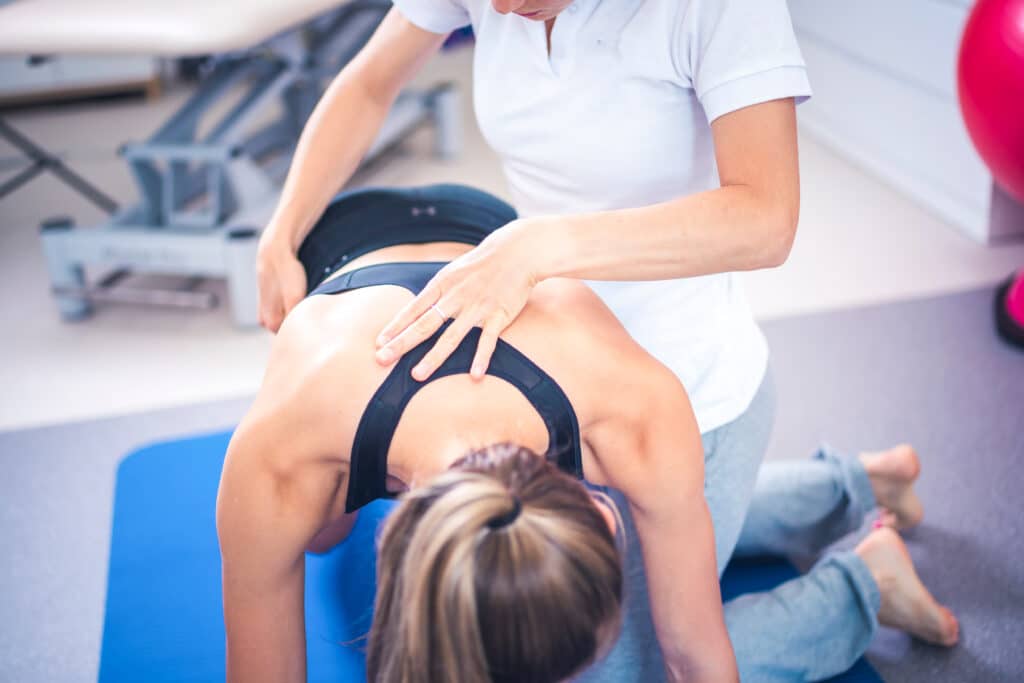
Why Choose Littleton Sports Massage and Recovery for Your Pre-Event and Post-Event Sports Massages?
At Littleton Sports Massage and Recovery, we understand the specific needs of athletes in Colorado. From trail runners training on the High Line Canal to skiers hitting the slopes, our local community is defined by an active lifestyle. Our therapists are trained to provide both the stimulating pre-event sports massage to get you ready for your challenge and the restorative post-event session to help you bounce back quickly. We are a part of your athletic journey and are committed to helping you stay in the game. We are also experts in a variety of techniques that can enhance your performance and recovery, including PNF stretching.
Be Your Best Athletic Self
Whether you’re gearing up for a local 5K or recovering from a long hike up at Red Rocks, your body needs support. Pre-event sports massage primes your body for action, while post-event massage helps you heal and prepare for your next challenge. Don’t let poor recovery hold you back. By strategically incorporating these sessions into your training, you can improve your performance, reduce your risk of injury, and stay at the top of your game.
Ready to take your training and recovery to the next level? Book a session with our expert team today and experience the difference a professional sports massage can make. And don’t forget to check out our blog for information on the best recovery tools for athletes.

